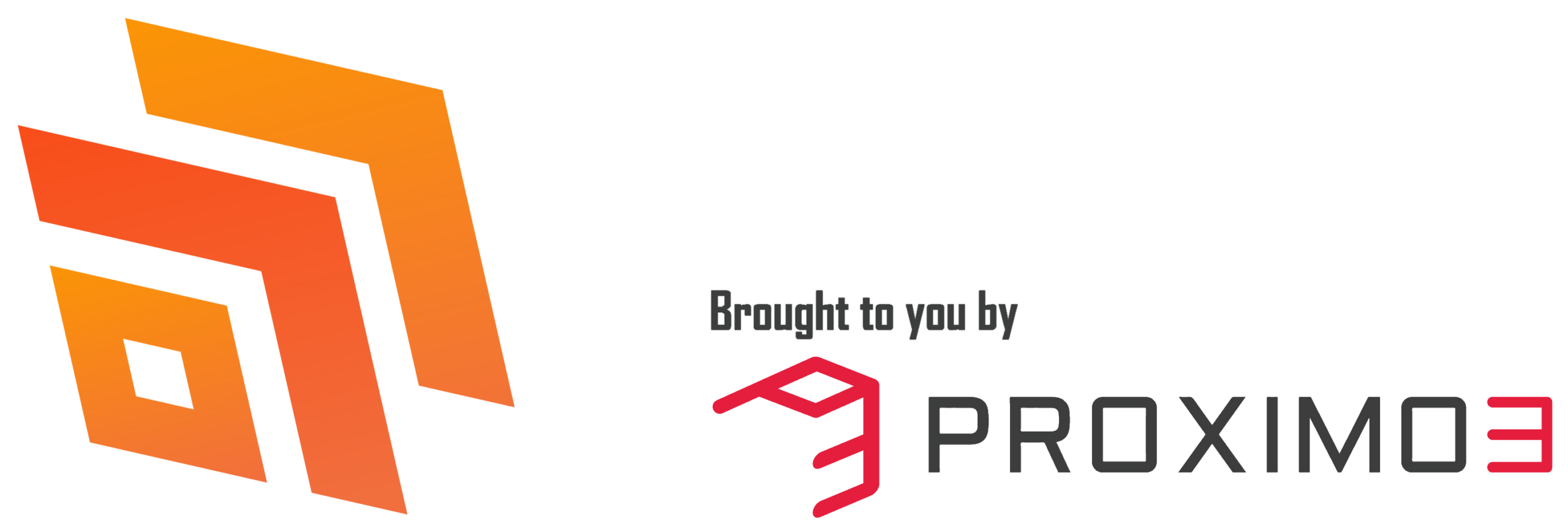Now Reading: Improve Selling Power By Setting Up Sales Accelerator In Dynamics 365
-
01
Improve Selling Power By Setting Up Sales Accelerator In Dynamics 365
Improve Selling Power By Setting Up Sales Accelerator In Dynamics 365

Ever heard of the Sales Accelerator in Dynamics 365? It’s not new, but I think it’s a lesser known part of D365, and can often be confused with what you can or can’t do in Customer Insights – Journeys. It’s a truly powerful tool, but one that needs understanding and consideration before you let your sales people loose on this functionality. With a bit of knowledge and set up, you can help your sales teams understand their customers needs and take engagement to the next level. Sales accelerator can help your sales managers use the sales sequences and really improve their selling effectiveness. In this first post in a series, let’s look at getting it set up.
First, something people always ask, what about licenses? For the latest info, check out their documentation page here. This is what is on the page currently. With the Sales Enterprise license you get 1,500 sequence connecter records per month compared with no limits with the Sales Premium license.
Now go to the Sales Hub app, and then from the bottom navigation go to the Sales insights settings section (likely the 3rd option in the navigation). From here we can go through the getting started wizard to get things set up. Click on the Customise button.
Getting Started Wizard
There are two ways to view it. One is the quick set up and one is the advanced settings area. The screenshots below are from the quick set up. By default the sales accelerator will be enabled for all security roles so make sure you change that first. You could even turn off unless it’s for System Administrators while you wrap your head around it and figure it all out. You can even add sample data (to a SANDBOX environment if you want to see data in action).
Next we will determine which types of records you want to be able to add to sales sequences and display in a users work list (activities that need doing that were created as part of a sales sequence). You can also determine what form is used to display the ‘up next’ portion of a sales sequence for users. To start with, I would just use it as the Sales Insights form as the default.
You can add custom tables (entities) if you wish. However, just make sure the following options are ticked on the entity for it to be possible to include it.
If you make changes to anything here. make sure you publish those changes also.
Enabling Sales Insights Flow
You’ll likely see an error message at the top stating you need to enable a workflow for any sequences to work. There used to be an Enable button, but I have seen different options other than this.
So if you don’t get a handy button, just navigate to the Default solution in your environment and search for the Sales Insights Adaptive sequence timeout flow (Power Automate cloud flow). Then turn it on.
By all means go check it out, but don’t make changes to it. This will fire when a sequence target step is added which is then used to determine what happens to your sales sequences and the next step in the process.
Turning On Other Functionality
There are other areas that you might want to turn on to get the most from the functionality. First is the Email engagement. Without this being turned on, users will see that it needs to be if they want to add email engagement conditions to their sales sequences (when email is opened do X for example).
You can turn on and enable email engagement from the Productivity section in the Sales insights settings area.
If you have the money (unlike myself  ) and spend it on LinkedIn Sales Navigator, you can turn on and enable the LinkedIn integration. You can find more information on this here.
) and spend it on LinkedIn Sales Navigator, you can turn on and enable the LinkedIn integration. You can find more information on this here.
Once you have enabled the integration you can turn on various other settings related to LinkedIn Sales Navigator. This will also mean you can add LinkedIn related steps to your sales sequences.
Navigate to the Sequences area and click on Settings.
This is where you can turn on the ability for your sales team to set their working hours and vacation/holiday days which will help in terms of when sequence activities and steps are set. You can then either use the CRM Calendar (if you use this in Dynamics 365) or have it integrate with their Outlook calendar. You can also determine if you should ignore non-working days (typically a weekend) so that any wait times only factor in working days for the next task to be assigned or scheduled.
Moving on to the Sequence activities (still part of the Settings from the Sequences area), this will allow you to determine if you want to pre-create activities so they can see what is coming up, or have them created only when the next step of a sequence has been reached.
You can also determine what happens when someone completes an activity or specifically phone calls. Should that also complete the step of the sales sequence that it is linked to? Also, what if it’s the sequence step being marked as complete and it’s related to a phone call? Should that phone call be updated and should the seller choose the status, or do you want to set one specifically? You can also lock all of the settings if you don’t want people changing them.
Finally in this area, determine if duplicate connections (already set up with the sales sequence) are allowed. I would suggest not allowing the same user and sequence to be linked or created again on a record.
So that’s just the start of it. I found the settings to be a bit all over the place so hopefully this helps in terms of a step by step walk through. In future posts we will review the following:
- Customising the work item appearance for the Sales Accelerator
- Creating new filters and sort options for Sales Sequence Work items
- Team Settings for D365 Sales Assignment rules
- Creating D365 Sales Assignment rules
- Defining segments to use with D365 Sales Sequences
- Creating a Sales Sequence in D365
- D365 Email Templates to use in a Sales Sequence
- Add Sales Sequence information to a D365 view
- Adding Sales Sequence items to a D365 Model-drive app
- Adding the Sales Sequence ‘Up Next’ section to a D365 form
Original Post http://meganvwalker.com/improve-selling-power-by-setting-up-sales-accelerator-in-dynamics-365/

































